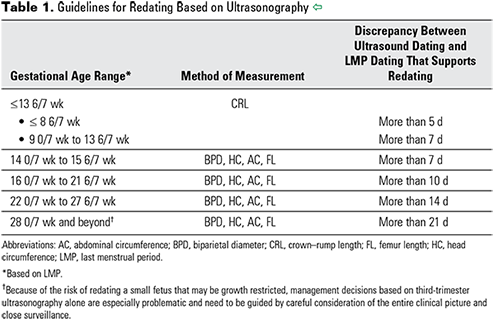
Ultrasound Accuracy in Pregnancy Dating
Introduction
Ultrasound imaging has become an indispensable tool in obstetric care, providing valuable information about fetal growth, development, and well-being. One of the most important applications of ultrasound is pregnancy dating, which is essential for determining the estimated date of delivery (EDD) and managing the pregnancy accordingly. The accuracy of ultrasound in pregnancy dating is crucial for ensuring optimal prenatal care and minimizing the risk of complications.
Methods of Ultrasound Pregnancy Dating
There are several methods of ultrasound pregnancy dating, each with its own advantages and limitations:
- Crown-rump length (CRL): This measurement is taken from the top of the fetal head to the bottom of the fetal buttocks and is most accurate in the first trimester.
- Biparietal diameter (BPD): This measurement is taken across the fetal head from one side to the other and is used primarily in the second trimester.
- Femur length (FL): This measurement is taken from the top of the fetal femur to the bottom and is used in both the first and second trimesters.
- Head circumference (HC): This measurement is taken around the fetal head and is used primarily in the third trimester.
Accuracy of Ultrasound Pregnancy Dating
The accuracy of ultrasound pregnancy dating depends on several factors, including the gestational age at the time of the scan, the skill and experience of the sonographer, and the quality of the ultrasound equipment.
- First trimester: Ultrasound pregnancy dating is most accurate in the first trimester, with a margin of error of approximately 5-7 days.
- Second trimester: The accuracy of ultrasound pregnancy dating decreases slightly in the second trimester, with a margin of error of approximately 7-10 days.
- Third trimester: Ultrasound pregnancy dating is least accurate in the third trimester, with a margin of error of approximately 10-14 days.
Factors Affecting Ultrasound Accuracy
Several factors can affect the accuracy of ultrasound pregnancy dating:
- Gestational age: The accuracy of ultrasound pregnancy dating is higher in earlier gestations, when the fetus is smaller and the measurements are more precise.
- Sonographer experience: The skill and experience of the sonographer play a significant role in the accuracy of ultrasound pregnancy dating.
- Equipment quality: The quality of the ultrasound equipment can impact the clarity of the images and the ability to obtain accurate measurements.
- Fetal position: The position of the fetus can make it difficult to obtain certain measurements, which can affect the accuracy of pregnancy dating.
- Maternal factors: Maternal factors such as obesity or uterine fibroids can interfere with the ultrasound images and make it more difficult to obtain accurate measurements.
Clinical Implications of Ultrasound Accuracy
Accurate ultrasound pregnancy dating has several important clinical implications:
- EDD determination: Ultrasound pregnancy dating is essential for determining the EDD, which is used to schedule prenatal appointments, monitor fetal growth, and plan for delivery.
- Risk assessment: Accurate pregnancy dating allows healthcare providers to assess the risk of certain pregnancy complications, such as preterm birth or fetal growth restriction.
- Intervention planning: Ultrasound pregnancy dating can help guide decisions about interventions such as induction of labor or cesarean delivery.
- Counseling: Accurate pregnancy dating can provide reassurance to expectant parents and help them make informed decisions about their pregnancy.
Limitations of Ultrasound Pregnancy Dating
Despite its accuracy, ultrasound pregnancy dating has certain limitations:
- Margin of error: Ultrasound pregnancy dating is not exact, and there is always a margin of error associated with the measurements.
- Gestational age limitations: Ultrasound pregnancy dating is most accurate in the first and second trimesters, and its accuracy decreases in the third trimester.
- Fetal anomalies: Certain fetal anomalies can affect the accuracy of ultrasound pregnancy dating.
- Maternal factors: Maternal factors such as obesity or uterine fibroids can make it more difficult to obtain accurate measurements.
Conclusion
Ultrasound imaging is a valuable tool for pregnancy dating, providing accurate information about gestational age and helping to ensure optimal prenatal care. The accuracy of ultrasound pregnancy dating depends on several factors, including gestational age, sonographer experience, and equipment quality. While ultrasound pregnancy dating is not exact, it provides valuable information that can guide clinical decision-making and improve pregnancy outcomes.